The natural world is filled with remarkable examples of animal intelligence and skill, but few are as captivating as the process by which birds teach their offspring to hunt. From raptors dropping prey mid-flight for their youngsters to catch, to songbirds demonstrating insect-catching techniques, these teaching methodologies represent one of nature’s most sophisticated knowledge transfer systems. The hunting skills passed from parent to fledgling aren’t merely about obtaining food—they’re essential survival lessons refined over millions of years of evolution. Birds employ diverse pedagogical approaches tailored to their species’ hunting style, habitat, and prey type, creating a fascinating study in natural education that rivals human teaching in its effectiveness and complexity.
The Critical Timeline of Learning
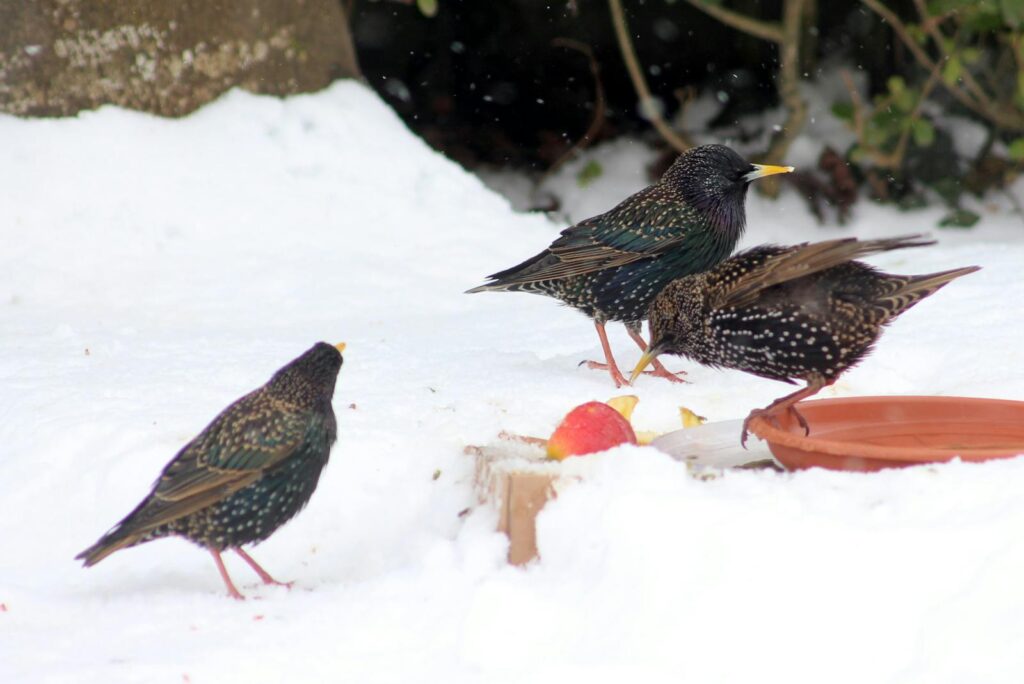
Birds operate under a tight developmental timeline, making their teaching methods particularly efficient. Unlike mammals, which may have years to learn survival skills, most fledglings must become competent hunters within weeks or months of leaving the nest. This compressed learning period creates an intense training schedule where parents must rapidly transition young birds from complete dependence to self-sufficiency. For many species, this timeline corresponds with seasonal changes that affect prey availability, adding further pressure to the learning process. The parent birds seem innately aware of this urgency, gradually increasing the difficulty of hunting challenges as the young birds develop their physical capabilities and cognitive understanding. Failure in this educational process isn’t merely an academic setback—it often means the difference between survival and starvation.
Raptors: The Masters of Progressive Training
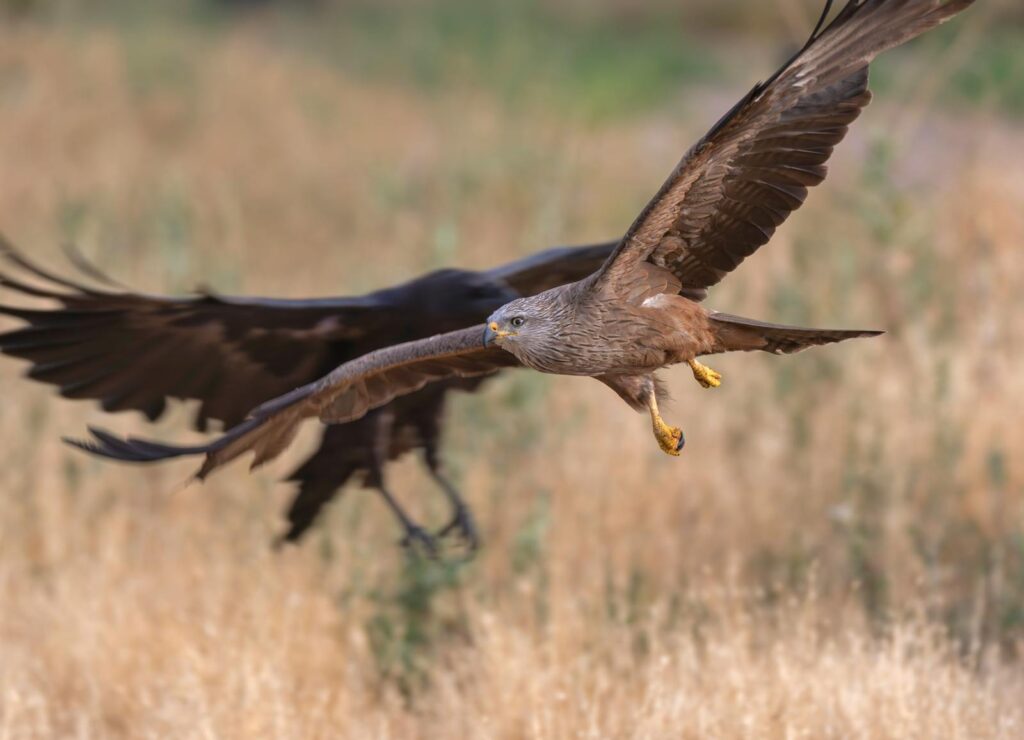
Birds of prey demonstrate perhaps the most structured and progressive teaching methodologies in the avian world. Initially, parent raptors bring already-killed prey to the nest, allowing young birds to become familiar with their natural food sources. As nestlings develop, parents begin delivering live but injured prey that provides young birds with easy targets to practice their killing techniques. The next stage involves parents dropping dead prey in mid-air for fledglings to catch, helping them develop the coordination necessary for aerial hunting. Eventually, they advance to releasing live prey near their offspring, requiring the young birds to execute the complete hunting sequence of pursuit, capture, and kill. This methodical progression represents a sophisticated form of scaffolded learning that gradually builds competence while minimizing the risk of failure.
The Role of Demonstration in Teaching
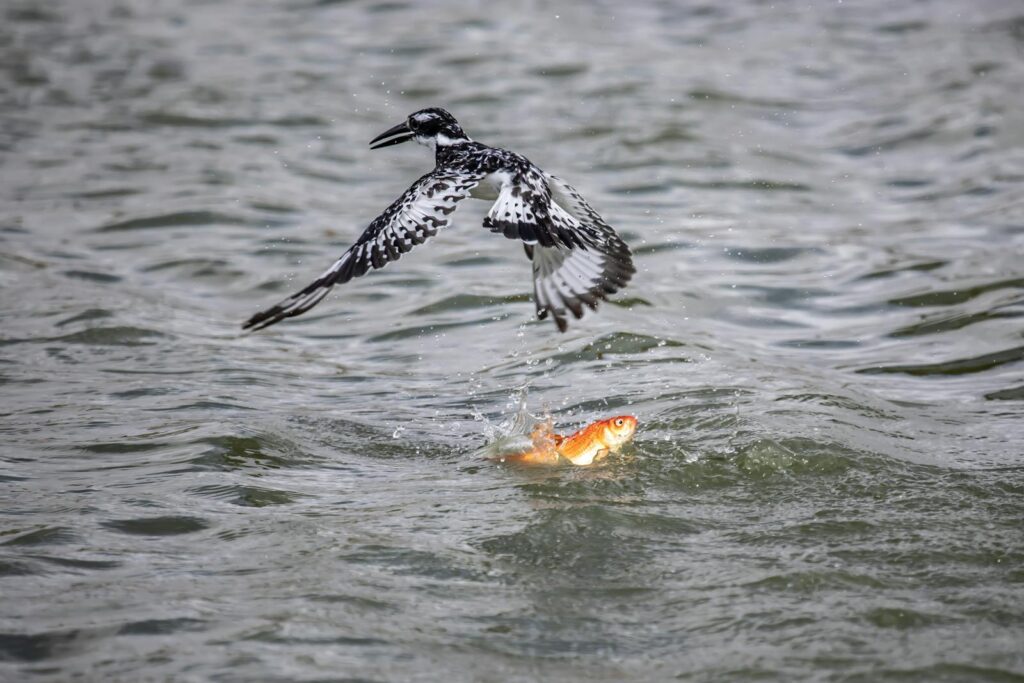
Many bird species rely heavily on demonstration as a primary teaching method, with parents performing hunting techniques within clear view of their attentive offspring. Kingfishers, for example, will repeatedly demonstrate their distinctive dive into water to capture fish, gradually positioning themselves so young birds can observe from optimal vantage points. Herons and egrets will wade deliberately through shallow waters, showcasing their patient stalking technique and precise striking motion when prey is spotted. Research has shown that young birds watching these demonstrations experience neurological activity similar to that observed when they perform the actions themselves, suggesting a form of observational learning. This “watch and learn” approach is particularly effective for hunting techniques that require precise timing and specialized movements that would be difficult to develop independently.
Vocal Guidance and Communication
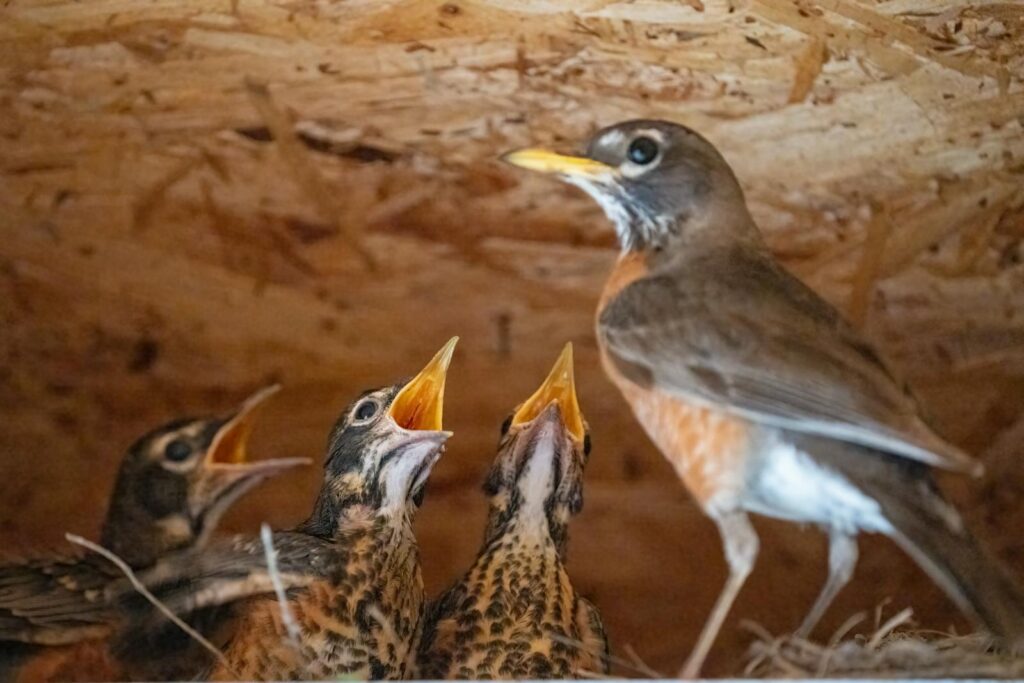
The acoustic dimension of hunting education is often overlooked, but many bird species use specific vocalizations to direct their young during hunting lessons. Parent birds emit distinct calls to alert offspring to the presence of prey, to warn of potential dangers, or to signal when to strike. In cooperative hunting species like Harris’s hawks, complex vocal communications coordinate group hunting strategies that youngsters must learn to interpret and respond to appropriately. Some species, such as the African pied babbler, use a “purr” call specifically when presenting food to young birds, helping them associate this sound with successful foraging opportunities. These auditory cues create a sophisticated communication system that enhances the effectiveness of visual demonstrations and physical practice.
Fostering Independence Through Controlled Failure
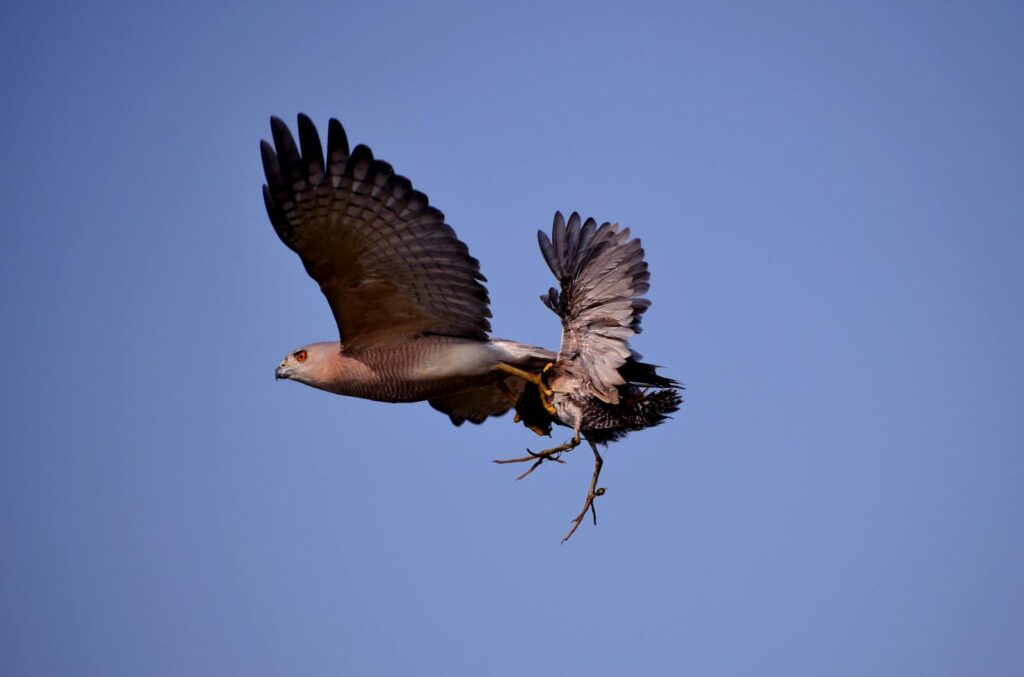
A crucial aspect of avian hunting education involves parents deliberately creating situations where young birds experience partial failures that don’t threaten survival but provide valuable learning opportunities. Eagles and hawks may intentionally release prey that is particularly challenging to catch, allowing juveniles to attempt captures that stretch their developing abilities. When these attempts fail, parents typically secure the prey themselves, ensuring the family still obtains nourishment while the lesson is reinforced. This approach creates a delicate balance between challenge and frustration, pushing young birds to improve while preventing the demotivation that would come with constant failure. The method parallels contemporary human educational theories about the value of productive struggle and resilience-building through manageable challenges.
Specialized Hunting Techniques Among Water Birds
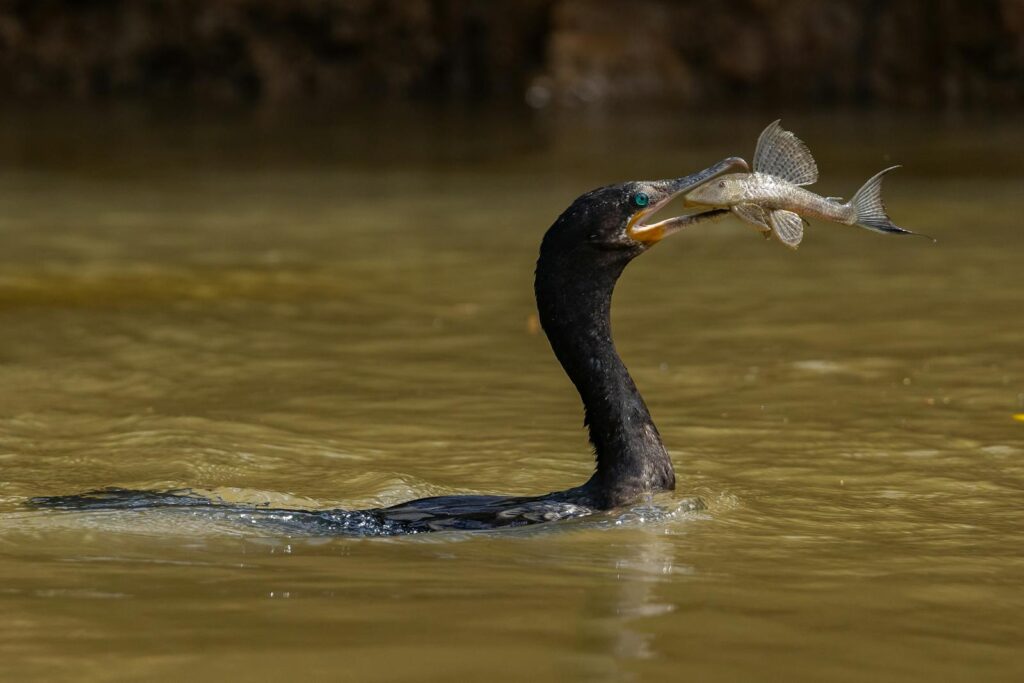
Water birds face unique challenges in teaching hunting skills that often involve complex maneuvers in an unforgiving aquatic environment. Loons carry their chicks on their backs during early hunting expeditions, allowing the young birds to observe underwater hunting techniques at close range before attempting them independently. Pelicans demonstrate their distinctive coordinated group fishing, where adults form a semicircle to herd fish into shallow water before scooping them up in their massive bills. Diving birds like cormorants gradually introduce their young to deeper waters and longer dives, building their underwater endurance and prey-spotting abilities incrementally. These specialized aquatic hunting lessons require parents to balance the risk of drowning or exhaustion against the need for practical experience in a challenging medium.
Tool Use and Problem-Solving Skills
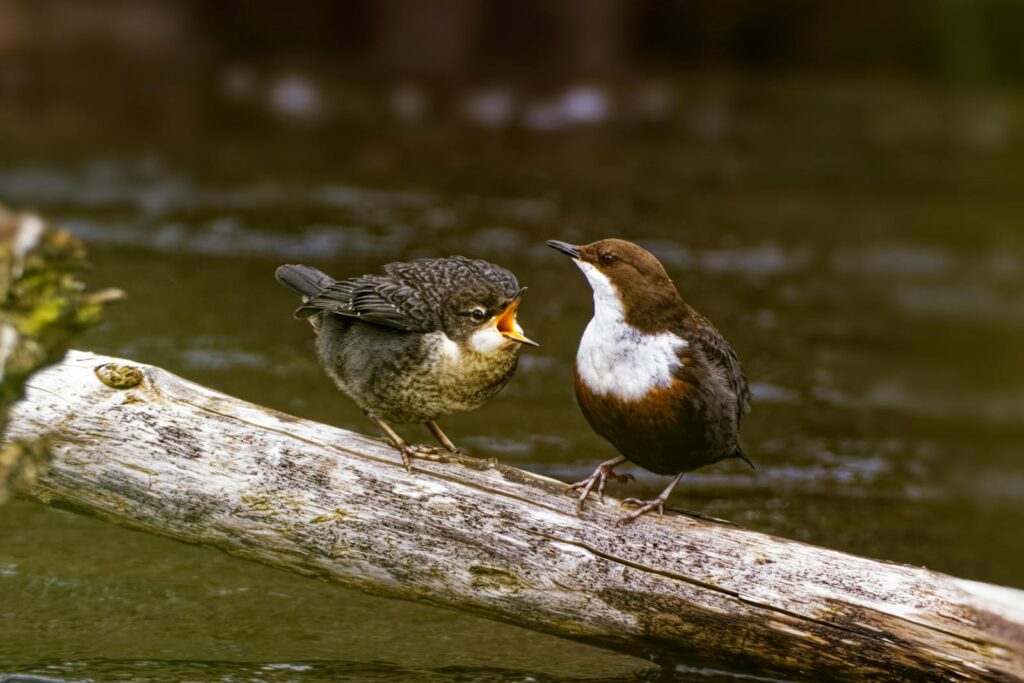
Among the most sophisticated hunting education occurs in species that use tools or complex problem-solving to secure prey. The New Caledonian crow, famous for crafting hooks from twigs to extract insects from crevices, demonstrates tool creation and use repeatedly for their observant offspring. Young crows initially use inferior tools but improve through a combination of observation and trial-and-error, eventually matching their parents’ skill level. Egyptian vultures learn to crack ostrich eggs by watching parents drop stones on them, a behavior that requires considerable practice to master the correct dropping height and stone selection. These cognitive skills represent higher-order learning that combines observation, imitation, and innovation as young birds refine their techniques, sometimes even improving upon the methods they were taught.
Social Learning in Colonial Species
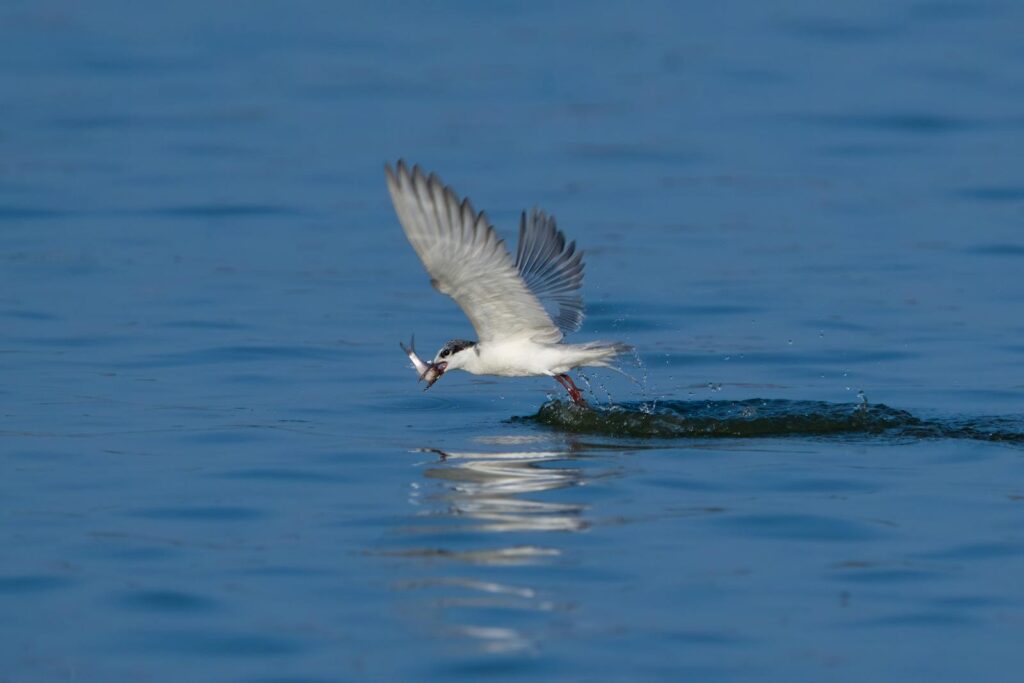
Birds that nest and hunt in colonies provide a rich social learning environment where young individuals learn not only from their parents but from the entire community. Juvenile terns observe dozens of adults diving for fish, giving them multiple models of successful hunting techniques. Young herons in rookeries watch as various adults demonstrate slightly different fishing strategies, potentially allowing them to develop a more adaptable hunting repertoire. This communal learning environment creates a form of cultural transmission where successful innovations can spread rapidly through the colony and across generations. The social dimension adds complexity to the learning process, as young birds must discern which techniques are most effective and appropriate for their capabilities.
The Psychology of Motivation and Reward
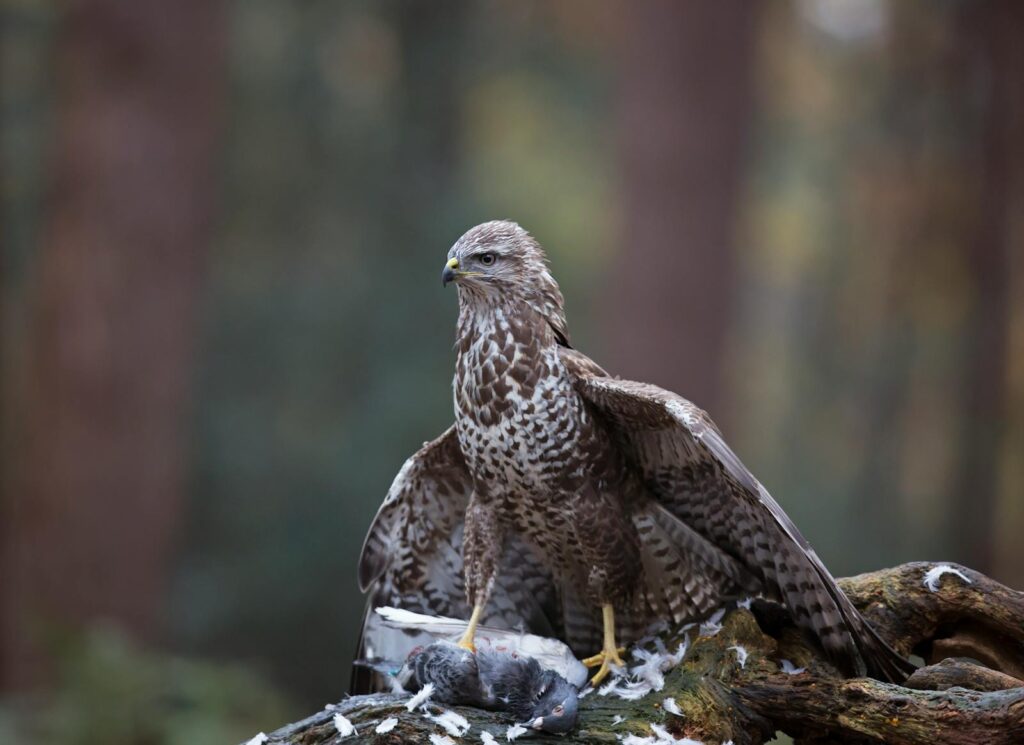
Parent birds employ sophisticated psychological techniques to motivate their young during the hunting education process. Many species gradually reduce the amount of food provided as offspring develop, creating a moderate hunger that motivates practice without causing dangerous weakness. Parents may perform elaborate displays of eating particularly desirable prey items in front of their young, enhancing motivation through demonstrating the reward’s value. Some species, including certain jays and crows, appear to offer vocal praise or excitement when young birds successfully execute difficult hunting maneuvers. This combination of increasing challenge, decreasing support, and positive reinforcement creates a learning environment that maximizes motivation while maintaining the strong parent-offspring bond that facilitates learning.
Regional and Seasonal Adaptations in Teaching
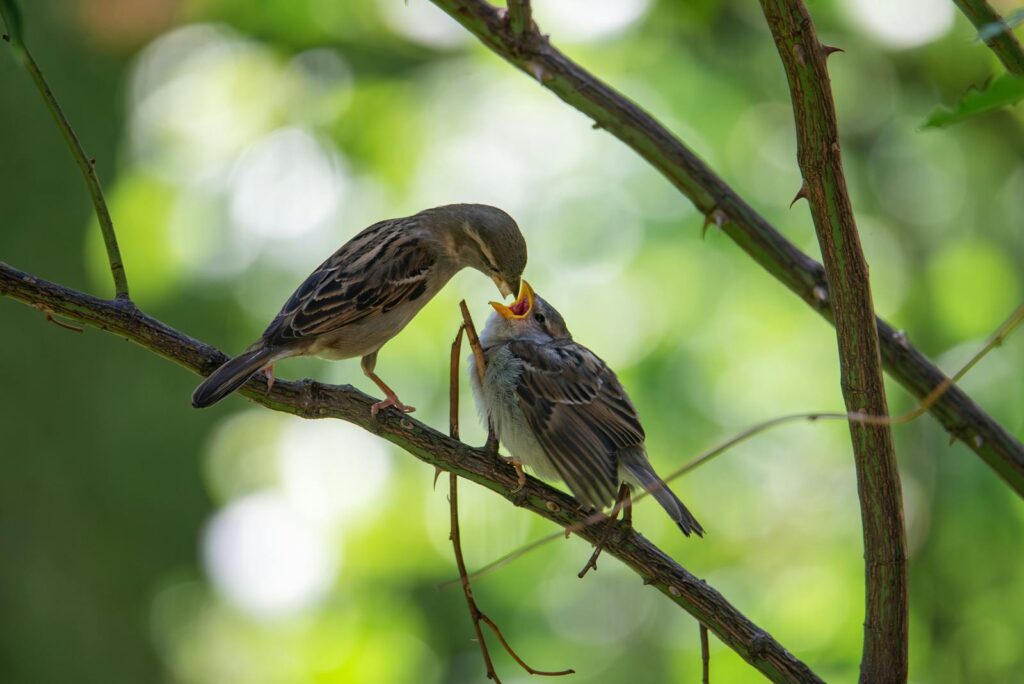
Bird hunting education often includes specific regional knowledge that must be transmitted to offspring about local prey availability and seasonal patterns. Migratory birds face the particular challenge of teaching young to hunt in changing environments as they travel between summer and winter territories. Parent birds adjust their teaching techniques to match the specific prey types available in different regions, demonstrating remarkable flexibility in their educational approach. Arctic-nesting birds, for example, must compress their teaching into the brief summer season, requiring an accelerated learning timeline compared to tropical species. This geographical and seasonal adaptability in teaching methods highlights the sophisticated way birds adjust their educational approaches to environmental contexts.
The Consequences of Human Interference
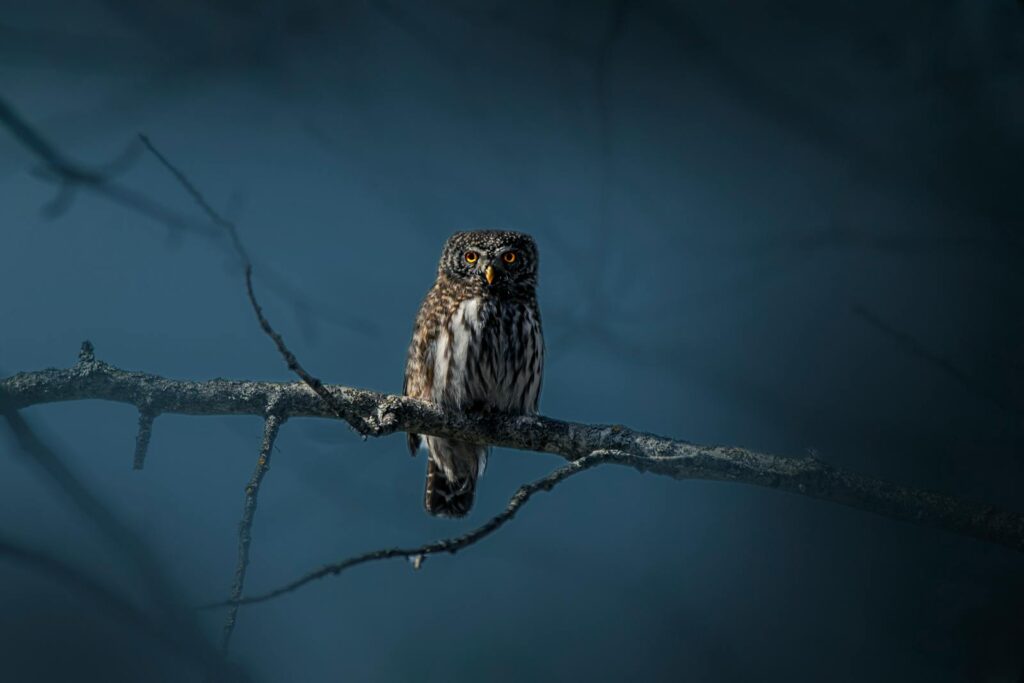
Human activities increasingly disrupt the natural hunting education process for many bird species, creating new challenges for avian parents. Habitat fragmentation may reduce the availability of appropriate “training grounds” where young birds can practice hunting in gradually increasing difficulty. Environmental contaminants can reduce prey populations or affect the behavior of prey species, altering the traditional hunting lessons birds have evolved to teach. Rehabilitation centers working with orphaned birds face the enormous challenge of replicating these natural teaching processes, often using puppets or other proxies to demonstrate hunting techniques without human imprinting. Despite these efforts, research indicates that parent-taught birds typically develop superior hunting skills compared to those raised by humans, highlighting the sophistication of natural avian education.
From Dependence to Independence: The Final Transition
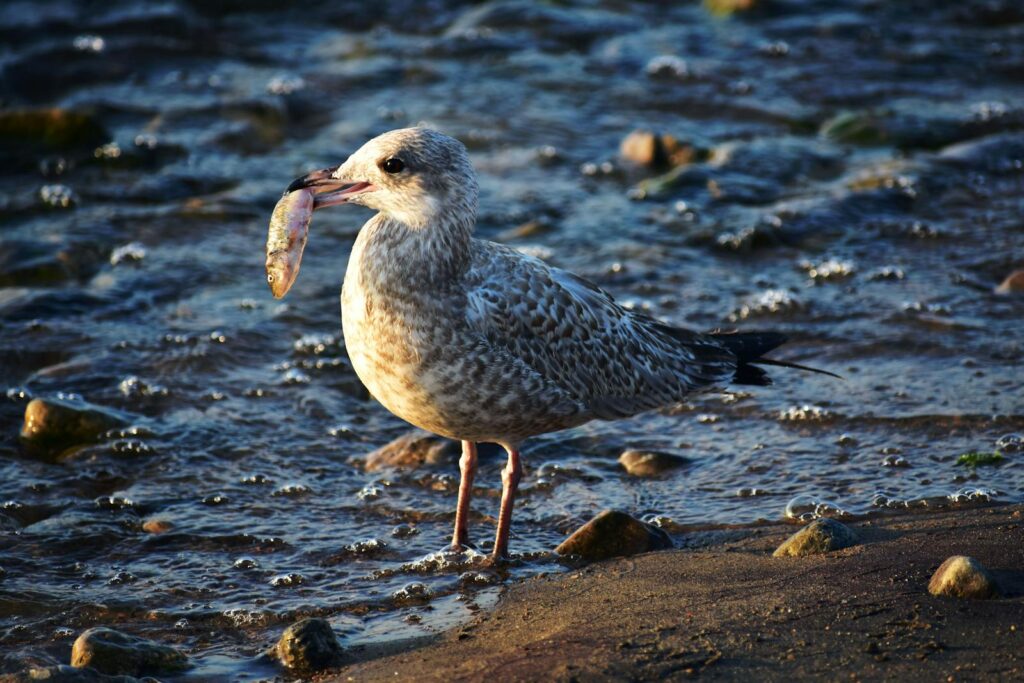
The culmination of avian hunting education is a gradual transition to complete independence that varies dramatically between species. For some birds, like eagles and hawks, this transition may include a period of aggressive behavior from parents who begin to treat their offspring as competitors, forcing them to disperse and utilize their newly acquired hunting skills independently. Other species, particularly those that hunt in social groups, may incorporate their offspring into cooperative hunting units, allowing them to continue refining their skills within the family structure. This final phase represents both the success of the teaching process and a critical test of its effectiveness. The mortality rate during this transition period provides nature’s stark assessment of how well the educational process prepared the young birds for the challenges of independent survival.
Conclusion: Nature’s Master Educators
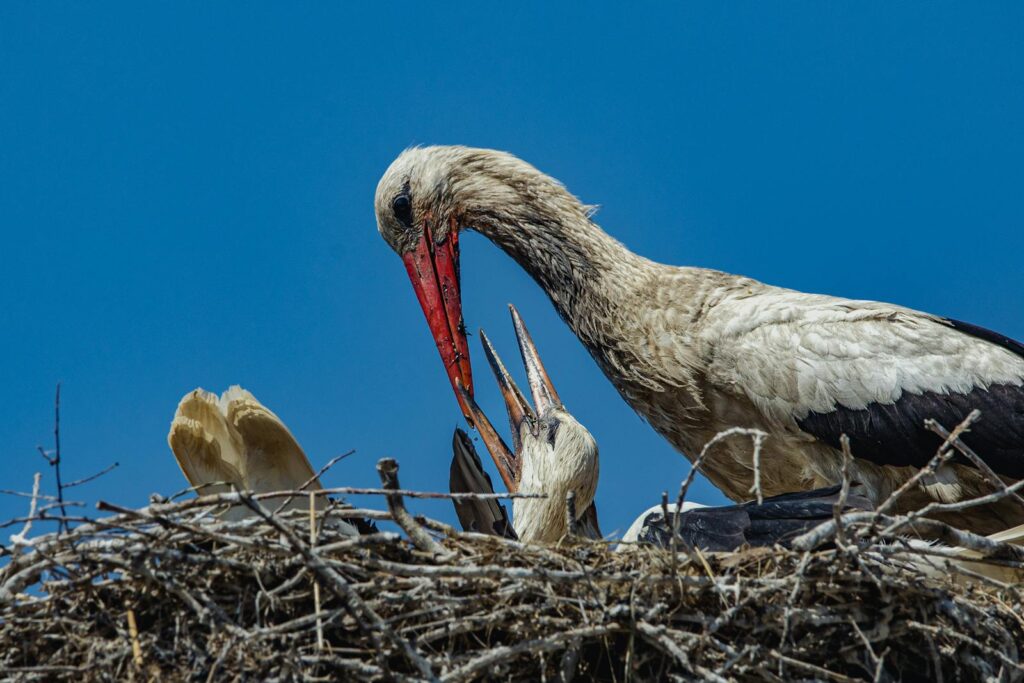
The sophisticated methods birds use to teach their young to hunt reveal nature’s remarkable capacity for knowledge transfer across generations. These educational techniques—combining demonstration, practice, progressive challenges, and motivational strategies—parallel many principles of effective human teaching despite evolving independently. Birds’ ability to adapt their teaching to different environments, prey types, and the individual capabilities of their offspring showcases a flexibility that ensures survival in changing conditions. As we continue to study these avian teaching methodologies, we gain not only insight into animal cognition but potentially valuable perspectives on effective educational techniques. In the delicate balance between instinct and learned behavior, birds have evolved as master educators whose methods have stood the ultimate test of evolutionary time.
